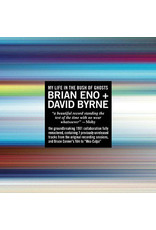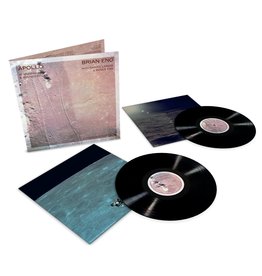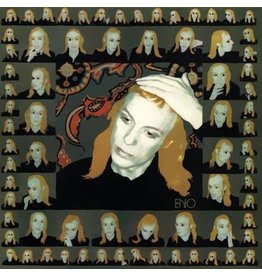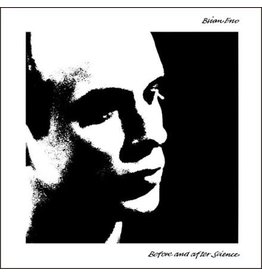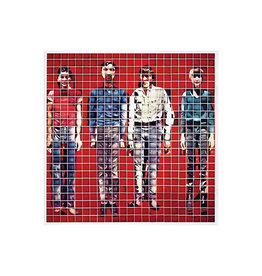Eno, Brian/David Byrne: My Life in the Bush of Ghosts LP
| Availability: | Out of stock |
Even before it celebrated its 25th anniversary, Brian Eno and David Byrne’s My Life in the Bush of Ghosts was downright visionary. With its “found” vocals, cut-and paste arrangements, funked-up rhythms, and embrace of influences from all around the globe, the duo’s work anticipated the creative cross-pollination and technological innovation of contemporary electronic dance music, world music, hip hop and alternative rock. You can hear echoes of My Life in the Bush of Ghosts in the anthems Moby built around vintage vocal samples, in the outrageously exotic beats of Missy Elliott and Timbaland, in the Middle Eastern-accented chill-out tracks of Thievery Corporation or Bjork’s otherworldly soundscapes.
Back in the day, however, critics were divided and audiences confused. Eno and Byrne themselves didn’t know quite what they were looking for at first. They shared an enthusiasm for African music, especially the hypnotic grooves of Nigerian legend Fela Kuti, and a desire to free themselves from the constraints of conventional songwriting. They embarked on a nomadic journey through studios in New York City, Los Angeles, and San Francisco. The players who accompanied them on these sessions included drummers Chris Frantz (Talking Heads) and Prairie Prince (The Tubes), bassist Bill Laswell (Material) and Tim Wright (DNA), avant-garde percussionist Dave Van Teighem and conga player Steve Scales, part of the Remain In Light live band.
The result of their labors was an album that married West African and American R&B rhythms with the impassioned voices of talk-show hosts and evangelists taped off the radio or the evocative sound of prayerful singers culled from Middle Eastern field recordings. Byrne recalls their entire adventure in fascinating liner notes that detail the recording process and address the resulting critical furor. My Life in the Bush of Ghosts was cut between Talking Heads’ Fear of Music (1979) and Remain In Light (1980), but sample clearance issues, an almost unheard-of-problem in the analog era, kept it on hold until 1981.


